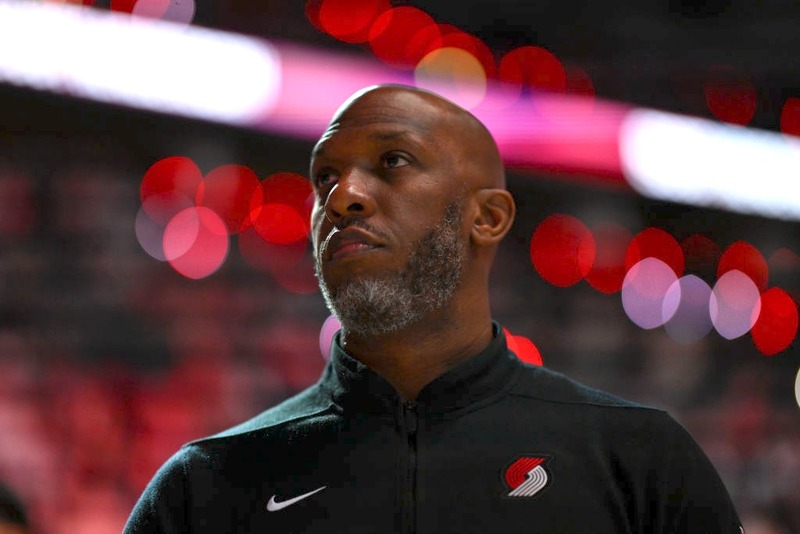Bullseye Glass scandal widens
April 11, 2016
On Feb. 3, Bullseye Glass Company turned from an unnoticed industrial building to a Cleveland household name. In the past month, scientific data has been thoroughly analyzed, depicting the effects of both cadmium and arsenic on our inner southeast community. However, as science and factual data collection slows, the political realm of this environmental scandal gains speed.
Department of Environmental Quality (DEQ) director Dick Pedersen resigned on March 1, amidst the Bullseye Glass pollution scare. An hour after Pederson’s statement of resignation, the departure of David Monro, an air quality manager in Portland, was also released to the public. Both men were leaders in Portland’s environmental regulation, but with increasing community outcry, and potential lawsuits, they stepped down from their long-term positions. In Pedersen’s final working days, he stated, “We as an agency are not doing enough to prevent–to reduce or prevent–emissions from these kinds of industrial facilities. We need to do more.”
In March, DEQ requested $1.5 million dollars in order to begin its reconstruction of emission regulation and prevention of more unsafe chemical releases. Without further action of legislature, the DEQ agency will recreate air pollution guidelines, however they require funding and eight new employees to assist in the enactment of their new rules. The developing plan will be designed after regulations in California and Washington that allow state governments to test air pollution connected to small manufacturers. With this improved directive, DEQ can identify polluters in a more timely manner, before health safety problems occur.
In 2007, the federal government created air pollutant restraints for all factories. However, small manufacturers, like Bullseye Glass, received an exemption because they use their furnaces in batches, instead of running them continuously. Because of this exemption, Bullseye, and many other glass companies have had the ability to release toxins into Portland’s air without environmentalists and state agencies monitoring the chemical output.
Now, activist groups like Eastside Portland Air Coalition (EPAC) are fighting to close the glass manufacturing loophole, restore safe air quality, and understand how our community could have been affected by these chemicals for so long without notification.
A mother of a Cleveland student, Jessica Applegate-Brown, and a leader of EPAC, said, “It has been revealed that all of the manufacturing processes have fallen through regulatory loopholes and they have been spewing toxic chemicals into our air for 47 years without filtration. We have some of the worst air in the nation.”
With that in mind, EPAC sent out a press release on March 29 inviting the Portland community to a conference that would discuss air toxins, and, as stated by the release, “the power of citizen activists.”
Nationally known Erin Brockovich, an advocate and lawyer of communities affected by factory contamination, spoke at the EPAC press conference on March 2. Around 300 people gathered and listened as Brockovich and many other speakers described their experiences with harmful chemicals, the health effects, and what we as a community can do to help.
In the next three months, EPAC hopes to raise $10,000 dollars in donations and continue to spread its activism. Lisa Arkin, a frontrunner in a group called Beyond Toxins, stated, “Each of us has the right to breathe clean air, [and] because it is held in public trust, it should not be privatized as a dumping ground for pollutants.”
It is frequently publicized that Bullseye Glass has ceased emitting chemicals and is in the process of attaining new regulation in order to keep schools and houses in the surrounding area safe. However, on March 30, the company released a public letter to DEQ stating their opposition to future guidelines that forbid them from producing toxins. Commissioners wrote, “It is a misguided political attempt to bypass regular, deliberate rulemaking procedures without justification and would enshrine unworkable, unnecessary and possibly fatal burdens on glass manufacturers in the Portland area.”
So the Bullseye Glass Company environmental scandal saga is not complete. The future holds increasing lawsuits, activism, loophole opposition, and maybe, the cease of chemical releases.














